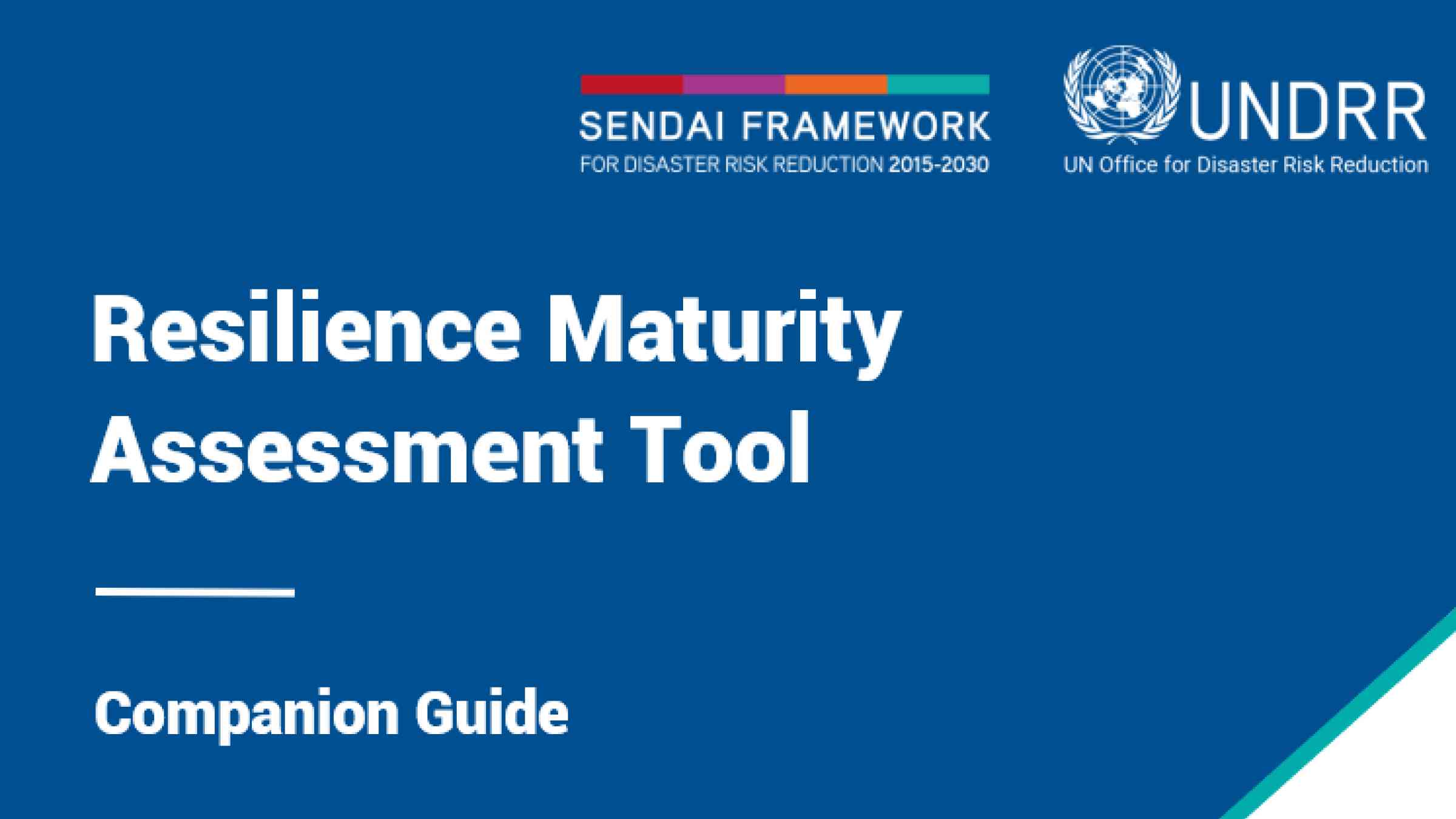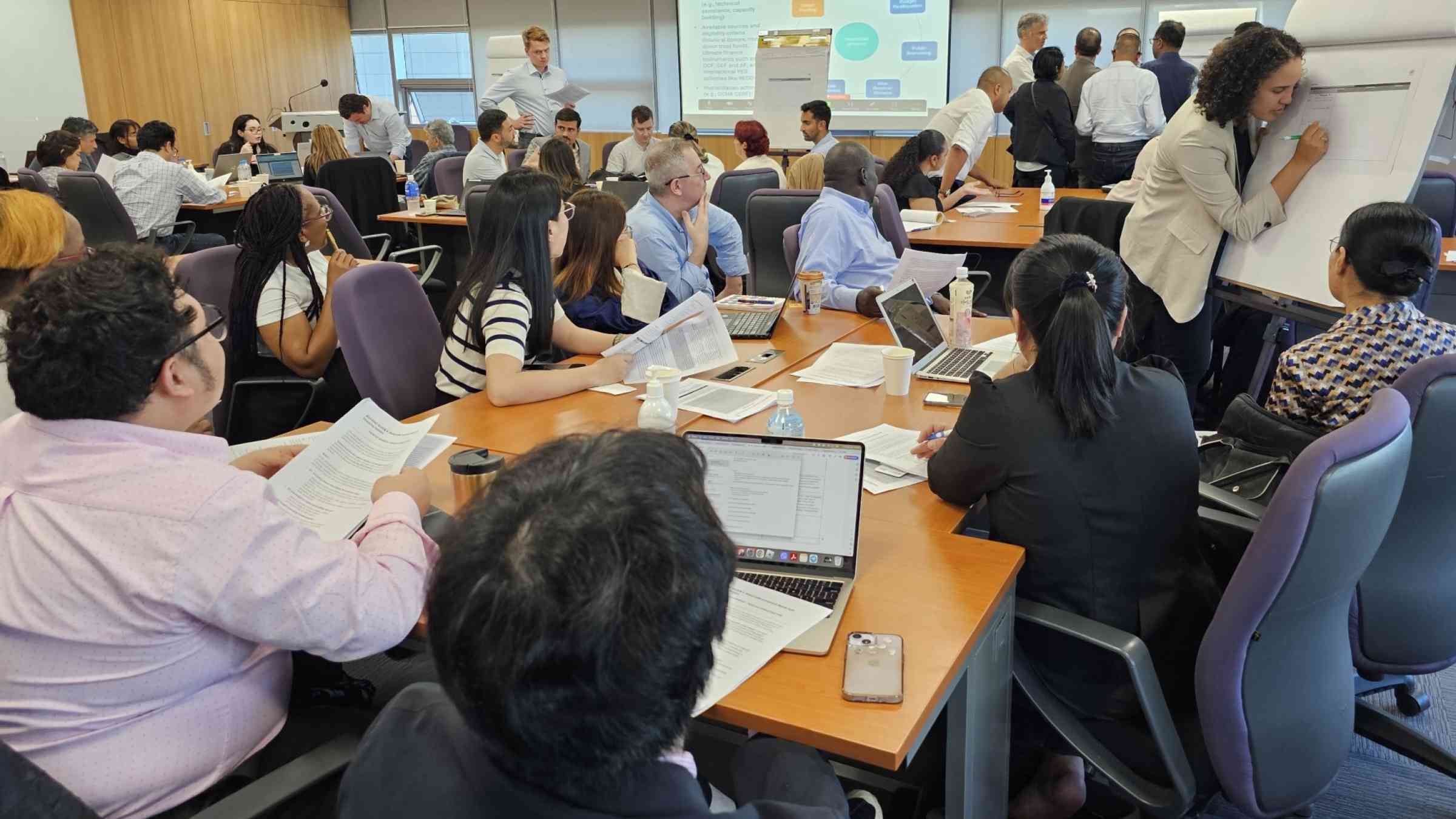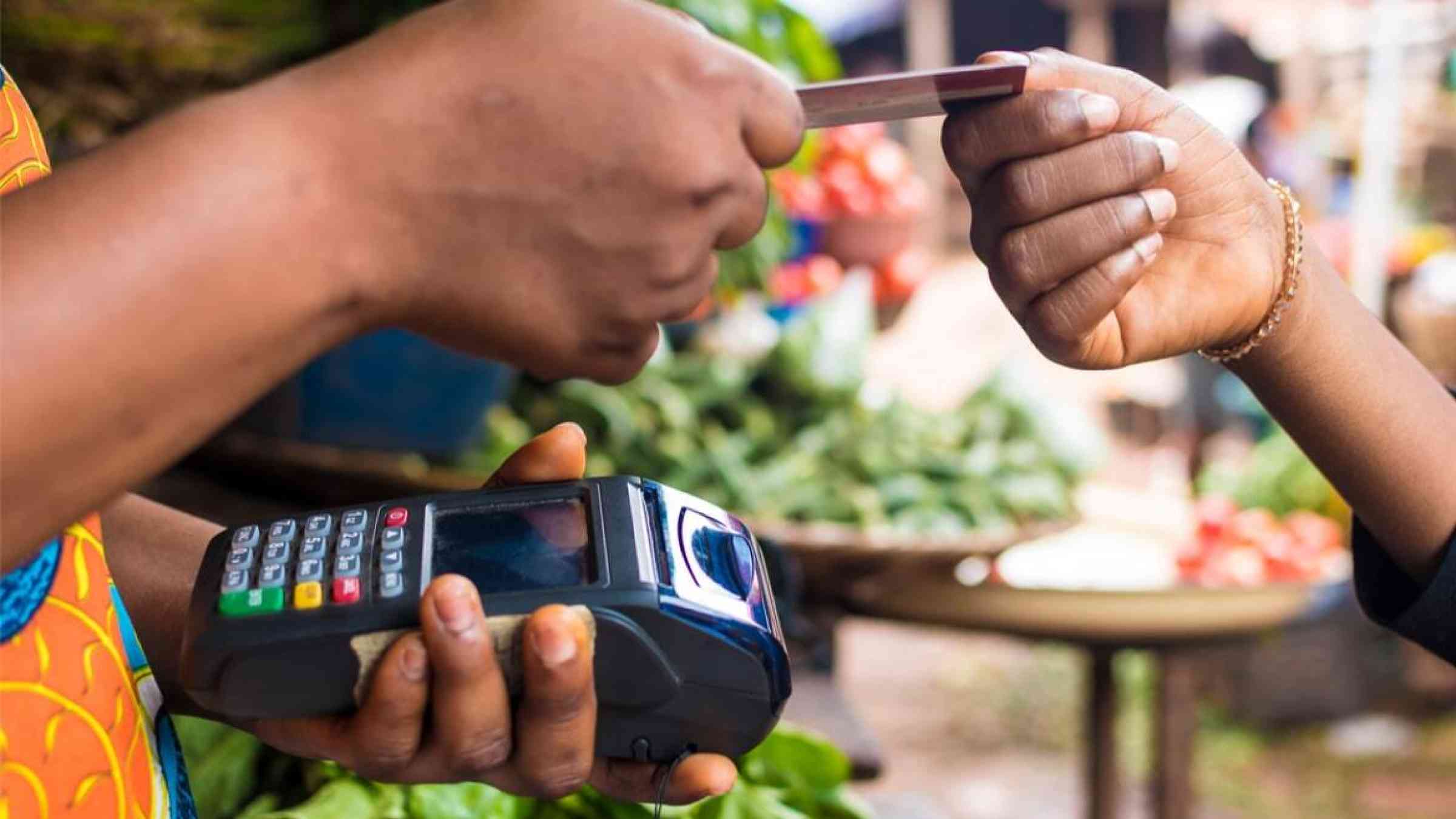Corporate Chief Resilient Officers (CCROs) Network
The UNDRR-convened network of Corporate Chief Resilience Officers (CCROs) intends to advance the resilience of businesses to disaster, and hence the one of society as a whole. This network, part of the UNDRR's broader efforts to address the growing threat of natural and human-made hazards, aims to foster public-private collaboration and encourage businesses worldwide to take proactive measures in preparing for and mitigating disaster risks.
Why enterprise resilience is important?
Resilience is vital for any enterprise to survive and thrive in a complex and volatile environment.
This ability to adapt and grow amid challenges is not only beneficial for the enterprises themselves but also extends to impact all their stakeholders and surrounding communities.
So, where to start?
Resilience Maturity Assessment (REMA) Tool
Assess your organization's resilience using this tool. This maturity model can be applied to micro, small, medium, and large enterprises.
Take a step back and assess six operational elements that are recurrent in resilience practices and can be used as foundational “pillars” for assessing enterprise maturity.
Then, build upon this assessment to implement suggested improvements adjusting to your specific context.
Members
The CCRO network brings together Chief Resilience Officers and resilience leads from Cartier SA, Holcim Group*, Honeywell International Inc.*, Hyatt Hotels & Resorts*, KPMG International Ltd., Marsh McLennan*, Nestlé*, Syngenta Group*, Swiss International Air Lines Ltd., and Sky, with University College London as academic advisor.
Network members represent companies covering diverse sectors and have a combined workforce of over a million people globally with revenue exceeding USD 300 billion in over 100 countries. Given their large scale and extensive sector coverage, these companies can have a systemic impact on the private sector by promoting resilience measures throughout their supply chains.

“Private sector leadership is vital to advance sustainable development and fight the existential threats of climate change, biodiversity loss and pollution.”
- António Guterres, United Nations Secretary-General, 2023
“Investing in resilience helps prevent and curtail economic, environmental and human losses in the event of a crisis, thereby reducing human suffering and protecting development gains.”
- UN Common Guidance on Helping Build Resilient Societies, 2021
The private sector at the cornerstone of sustainable development
“Business, professional associations and private sector financial institutions, including financial regulators and accounting bodies, as well as philanthropic foundations, to integrate disaster risk management, including business continuity, into business models and practices through disaster-risk-informed investments, especially in micro, small and medium-sized enterprises (p. 23).”
- Sendai Framework for Disaster Risk Reduction







